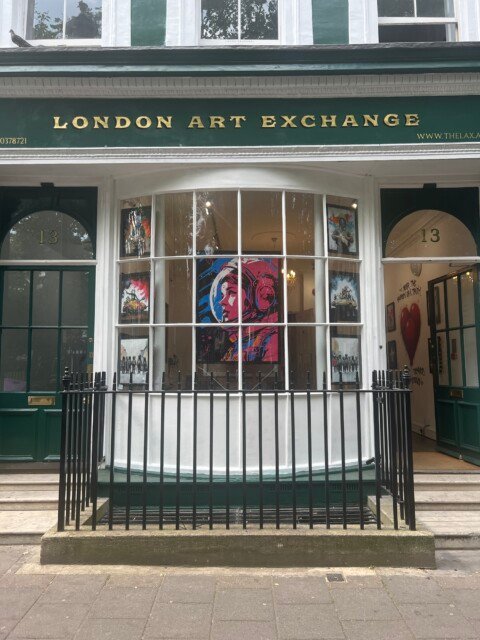MONTCLAIR, New Jersey — A decade ago, Anishinaabe scholar Grace Dillon coined the term “Indigenous futurisms.” The phrase is not a call to ignore a painful past, she wrote, but rather to fold the past into the present. When this past-present meets the future, it creates “a philosophical wormhole that renders the very definitions of time and space fluid in the imagination.”
Historically, Indigenous art has been clumsily slotted into the Western canon. Museums tend to conceive of Native identity as static or even a thing of the past, relegating ephemera to the furthest, darkest corner of its permanent collections. In the long-term installation Interwoven Power: Native Knowledge / Native Art, which opened on September 14, New Jersey’s Montclair Art Museum (MAM) achieves a sorely needed curatorial feat: an institutional display of Indigenous art that courses with vitality.
MAM debuted in 1914 with a robust Native art collection, one of the first in the US. The collection now holds over 4,000 pieces spanning the mid-19th century through the present day, but much of it was just sitting around.

“Reimagining our Native art collection started many years ago, with the realization that our presentation needed a major refresh and that we needed to work much more closely with Native communities to do that,” Laura J. Allen, curator of Native American Art at MAM, told Hyperallergic in an interview. In 2021, the museum formed an advisory council of nine individuals, including curator Heather Ahtone (Chickasaw Nation/Choctaw) and artist Kay WalkingStick (Cherokee Nation). When its members walked through the small museum, they landed on a wing with tall ceilings and sunlight as the optimal setting for the display of Native art in the collection, much of which references the natural world.
Museum exhibitions are not known for their flexible conceptions of time and space, and Interwoven Power manages to manipulate the infrastructure, if only slightly. The 50 works by artists from more than 40 Native nations are organized thematically instead of chronologically. Where there was once clutter — a jumble of every kind of basket the museum had, stuffed in a corner — there’s plenty of breathing room between a buffalo hide bag from 1875 and a turkey feather cape made two years ago by Rebecca Haff Lowry (Delaware Tribe of Indians). Object labels read “artist once known” instead of “artist unknown,” a semantic change that has gained popularity in recent years and nods to institutions’ complicity in the erasure and loss of cultural knowledge.

The wall text is set in a bespoke font by Sébastien Aubin (Opaskwayak Cree Nation), evocative of Navajo weaving motifs. Text on a white background was written by Allen, but also scattered about is text set against a dark green, indicating it was written by Native artists. Native collaborators from across the country — including Osage art historian Todd Caissie; anthropologist and co-curator of the refurbished Northwest Coast hall at the American Museum of Natural History, Haa’yuups; and language preservationist Nikole Pecore (Stockbridge-Munsee Band of Mohican Indians) — weighed in on curation throughout the process, sometimes selecting which historical objects to feature, or discussing how the five newly commissioned contemporary works would interact. In a simple yet potent move, artist Holly Wilson (Delaware Nation) ringed a delicate dance shawl around a marble neoclassical sculpture, William Couper’s “Crown for the Victor (Beauty’s Wreath for Valor’s Brow)” (1896), that had been in the gallery for the last 20 years. Wilson’s work rustles when people walk by, literally rejecting stasis. Fittingly, it’s titled “What Was, What Is, What Will Be.”
Another new work, a wool and metal sculpture by Diné fiber artist Eric-Paul Riege, dominates the gallery’s vertical space. “My grandmother would say, ‘The gods are looking out for us,’” Riege said during an interview with Hyperallergic. “So I made earrings for a really big god, whose earlobe is maybe the size of the gallery, whose ear is the museum, whose head is the whole town.”
Imagination keeps a collection fresh. By giving Indigenous artists’ past and present aesthetic achievements their due, Interwoven Power sets its sights on servicing visual artists of the future. “I come from a family of textile artists and weavers who put faith in the tactile quality of their hands,” Riege said. “I’m continuing to hold faith.”


